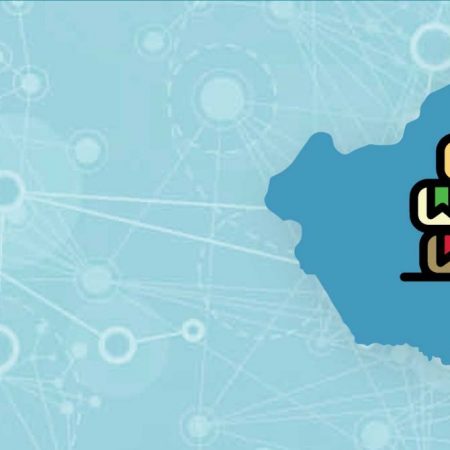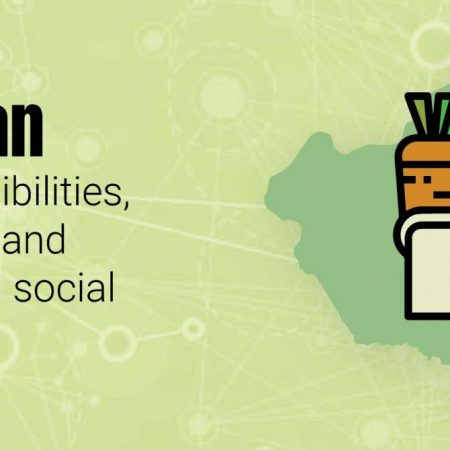Overview
The Government of India runs two key Centrally Sponsored Schemes – the Integrated Child Development Services (ICDS) and the National Health Mission (NHM) to deliver nutrition services. While the ICDS provides basic education, health, and nutrition services for early childhood development, the NHM aims at achieving universal access to healthcare, with a focus on child and maternal healthcare. While Rs. 17,252 crore was allocated to the ICDS in the FY 2020-21, while the allocations for the NHM were Rs. 36,576 crore
Yet, in India, 68 per cent deaths of children under five are due to malnutrition or 1,935 deaths every day . The onset of the COVID-19 pandemic, subsequent lockdown, and ensuing constraints are likely to exacerbate the distress of those who are malnourished – in particular, pregnant women, young mothers, and children. Why is that despite the government spending huge amounts of money towards these programmes, outcomes continue to remain poor?
Nutrition in Rajasthan
The Integrated Child Development Services (ICDS) programme is implemented by Rajasthan’s Department of Women and Child Development. But implementation of nutrition interventions is not limited to the WCD Department alone. Education and health are some of the other departments that work towards multi-sectoral efforts to implement nutrition programmes in Rajasthan.
Despite efforts to tackle malnutrition in Rajasthan, 40.9 percent children under five years are underweight and 44.4 percent are anaemic, according to the Comprehensive National Nutrition Survey.
The survey also noted that Rajasthan ranked 22 among 30 states in prevalence of underweight children in the under-5 year category, with 31.5 % children underweight and 9.4 % children severely underweight. The state performed poorly on anaemia indicators for children between age 5-9 and ranked 29 out of 30 states with 39% children in this group being anaemic.
Meanwhile, the Government of India allocations for Supplementary Nutrition Programme (SNP), which includes Hot Cooked Meals and Take Home Rations to Rajasthan was Rs. 28,040 lakhs in 2017-18, which went up by 15% the following year.
Mapping Governance: Nutrition in Rajasthan
Civil-society organisations play a pivotal role in facilitating access of communities to public services like health, nutrition, and education and improving developmental outcomes. Thus, it becomes imperative for them not only to be aware of the local government structures, but more specifically understand how large-scale social sector programmes are administered and financed, and where spaces for them to collaborate with the government exist.
In this context, Mapping Governance takes you through the complex administrative machinery that delivers key nutrition interventions in the state of Rajasthan.
This entire course is made up of 5 organograms. Each organogram tells you the story of a different aspect of governance for the delivery of nutrition programmes. At the end of this bundle of organograms, you will be able to:
- [Theme 1] Identify the key functionaries involved in the delivery of the nutrition programmes in Rajasthan and what each of their roles and responsibilities are
- [Theme 2]Understand the extent to which nutrition services in Rajasthan have been decentralised to local governments
- [Theme 3]Recognise convergence efforts between different departments towards better nutrition outcomes and understand the complexities that such an exercise presents
- [Theme 4]Understand how the nutrition programme in Rajasthan is financed – currently unavailable
- [Theme 5]Acknowledge the critical role played by civil society and citizen groups towards improving the status of nutrition in Rajasthan
Course Features
- Lectures 1
- Quizzes 0
- Duration Lifetime access
- Skill level All levels
- Students 102
- Certificate Yes
- Assessments Self
-
Theme 1: Roles and responsibilities





